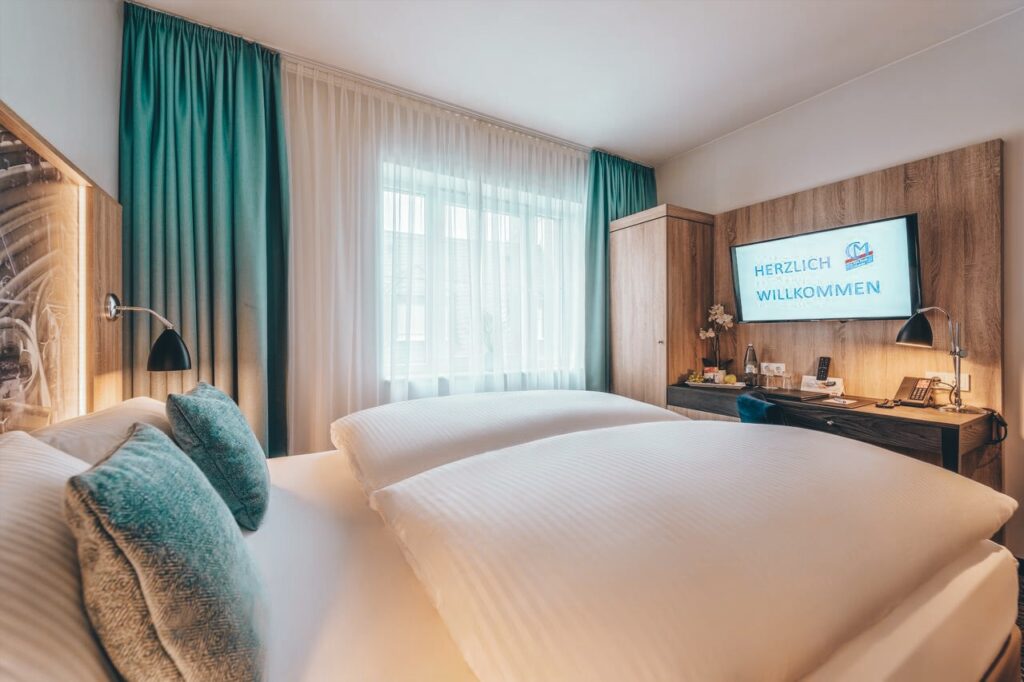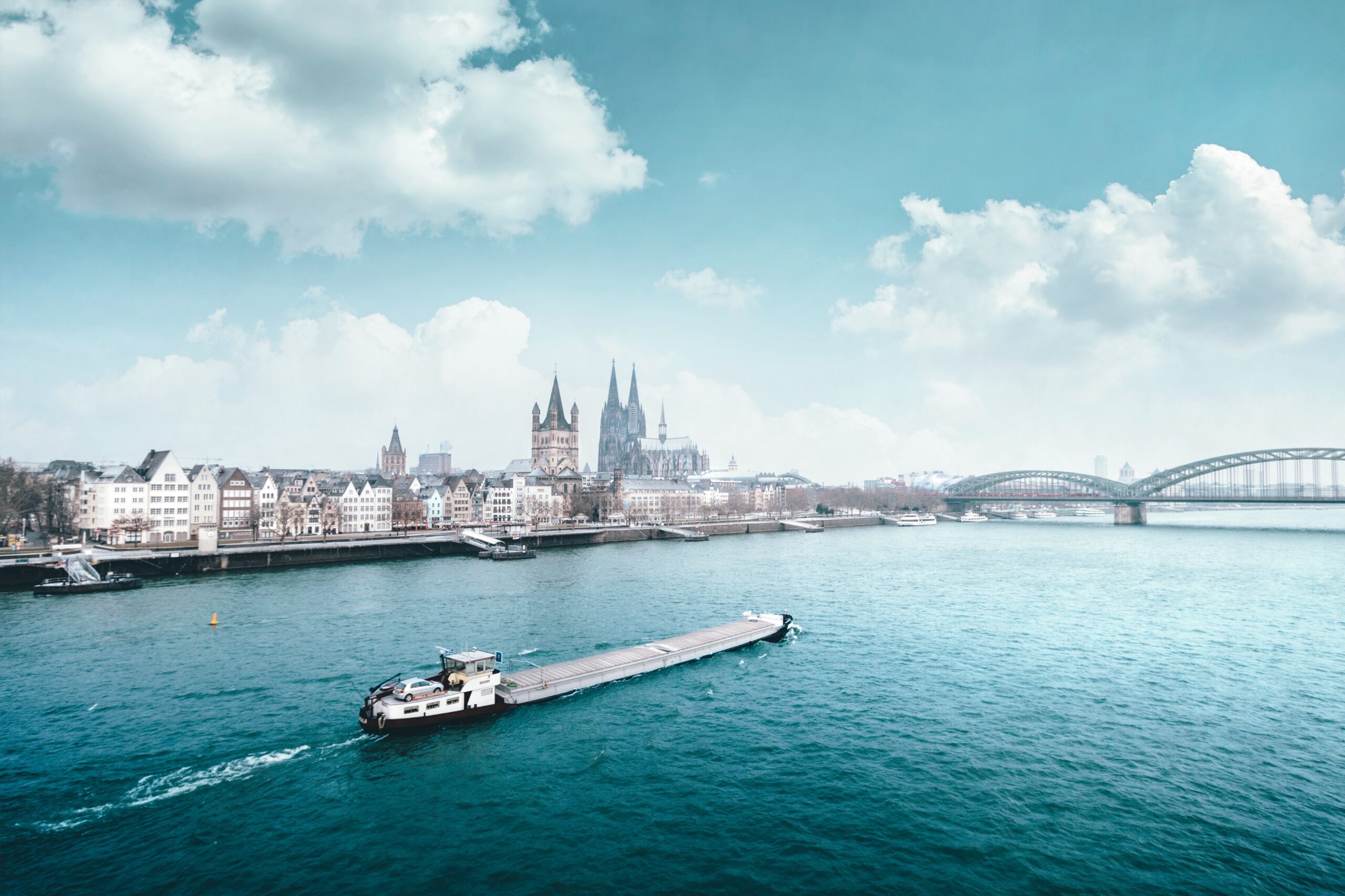It’s been said that a zest for life is in a Cologner’s DNA. One can’t help but be swept away by this joie de vivre when visiting the capital of the Rhineland region. So, it’s no wonder that Cologne is one of Germany’s top destinations.
Cologne is one of the most authentic of German cities: it’s managed to retain its historic feel while embracing modernity. Much of the city was rebuilt after the Second World War, but you can still find pockets of Gothic wonder amid Post War brutalism.
Founded nearly 2,000 years ago by the Romans, Cologne, Germany has always had a small town vibe even though it currently has a little more than 1 million inhabitants. Unlike other parts of Germany, where German reservedness is par for the course, Cologne is more laid back. Locals are friendly and open minded and take time out of their day to make you feel welcome. Residents follow a list of life rules, called “Kölsche Grundgesetz,” that define their laissez faire attitude. Combine that with a penchant for carousing and singing and you’ve got Cologners in a nutshell. Whether it’s alcohol or an ingrained sense of fun that gets them in the mood, Cologne is a merry city that attracts returning visitors year after year.
Stroll through streets teeming with Gothic spires. The brutalist Post War buildings are also a sight to behold—if that’s your thing. Relax by the Rhine in summer and enjoy a Kölsch beer, the city standard. Don’t be surprised if a friendly group of locals want to take you along on their tour of Cologne’s bars and after-hour clubs.
Read on to discover all the best things to do in Cologne from top restaurants in Cologne to the best historic sites and museums, including the majestic Cologne Cathedral.
Eat
Like most German cities, Cologne does its native cuisine quite well and has its own iconic dishes. Germans love their schwein (pork) and Cologne has a variety of pork-centric dishes, many of which center on the knuckle. Schweinshaxe, made famous in Bavaria, is reinterpreted in Cologne. Roasted ham hock is served in a dense gravy with potato balls. It’s on practically every traditional menu in town. Try it at Haxenhaus, a 30-year-old tavern close to the Rhine that prides itself on its authentic vibe.
While traditionally a snack, mettbrötchen–a cross between pork tartare and bruschetta—can be relished for breakfast, lunch and dinner. Lightly salted minced raw pork sits atop a buttered rye roll. Leberwurst, aka liverwurst, is a staple of the region and you’ll see many locals savoring it on a bun with red onions.
Several other typical Cologne dishes are worth mentioning. Potato aficionados devour himmel un äd or himmel und erde. The mashed potato dish features apple slices and is accompanied by fried black pudding. Kölscher Kaviar isn’t caviar per se. Expect blood sausage served like antipasti with a small roll and mustard. Got a sweet tooth? Try muuzemändelcher, a deep fried pastry enjoyed during the holidays.
Cologne’s most iconic dish has to be halve hahn. Rye bread is slathered with butter, raw onions and gouda cheese. Have it as a snack or as a pre-dinner appetizer. Most restaurants and breweries in the city have some version on their menu.
But Cologne is not just about German cuisine. A variety of chefs are crafting dishes that delight the taste buds of locals and tourists alike. We particularly love Le Moissonnier, a Michelin-starred restaurant in Neustadt Nord. French chef Eric Menchon established himself as the gourmand to watch in Cologne more than 30 years ago. His classic bistro features French cuisine with an international bent. Expect grilled tuna with miso paste or braised rabbit with kimchi.
Dined your fill? Then it’s time for some cold brews. Cologne is a city built on beer. Brauhaus FRÜH am Dom is the place to be if you want to learn about the city’s beer-making history and try a pint or two of the local style. The 100-year-old brewery features a beer garden and plenty of spots to enjoy a cold Kölsch and views of the city’s cathedral once the lights go down.
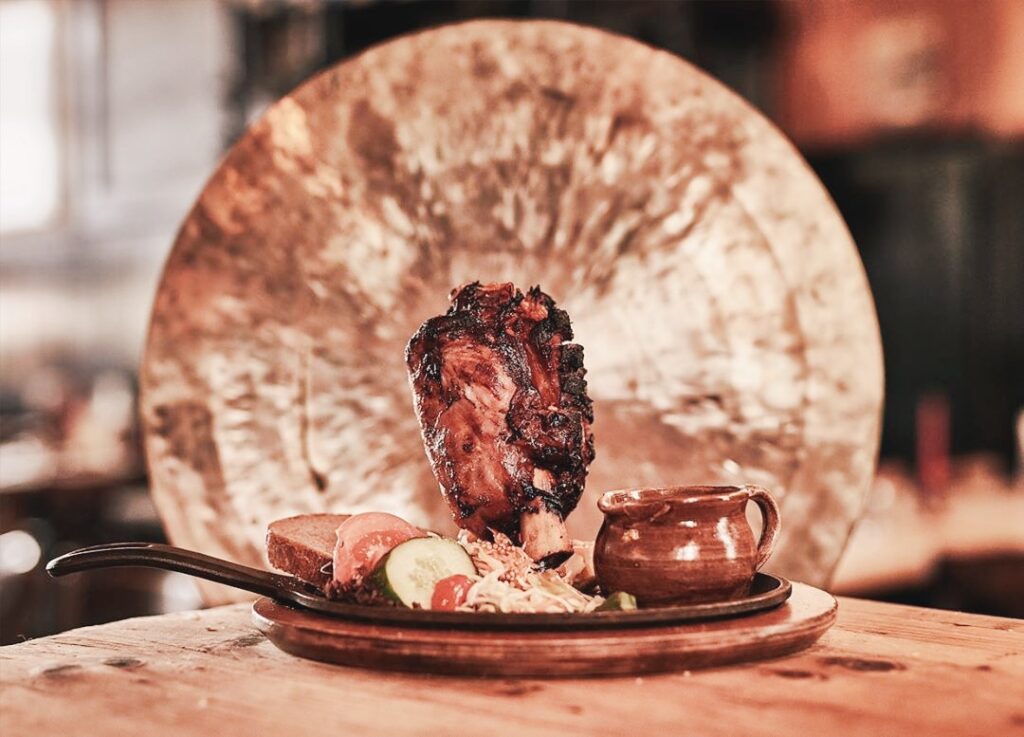


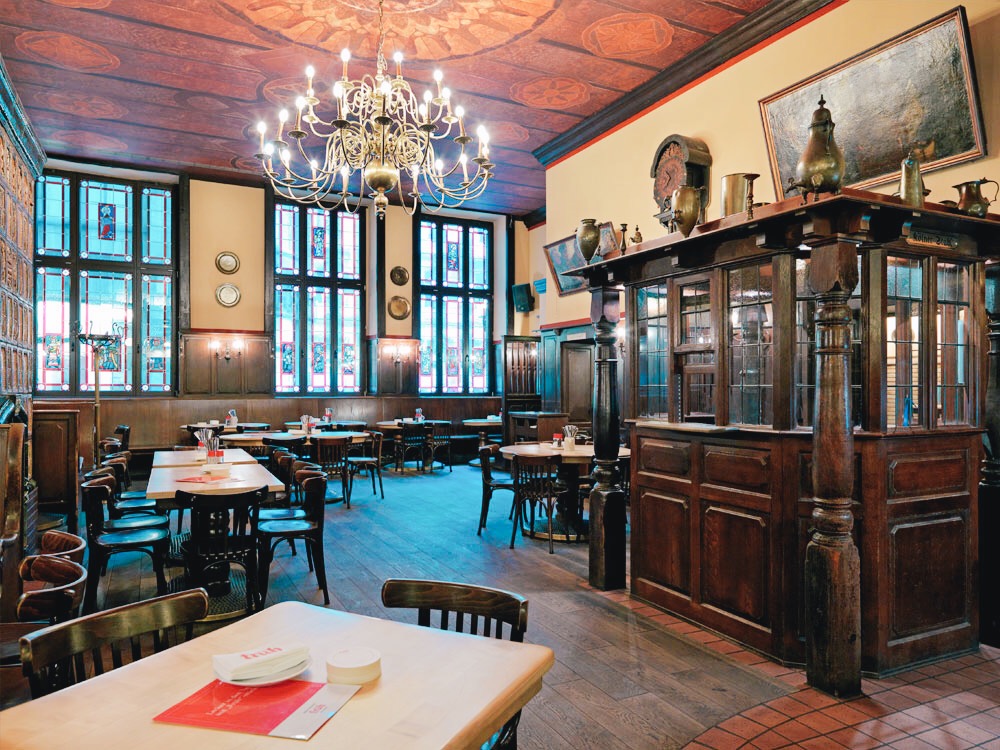
Play
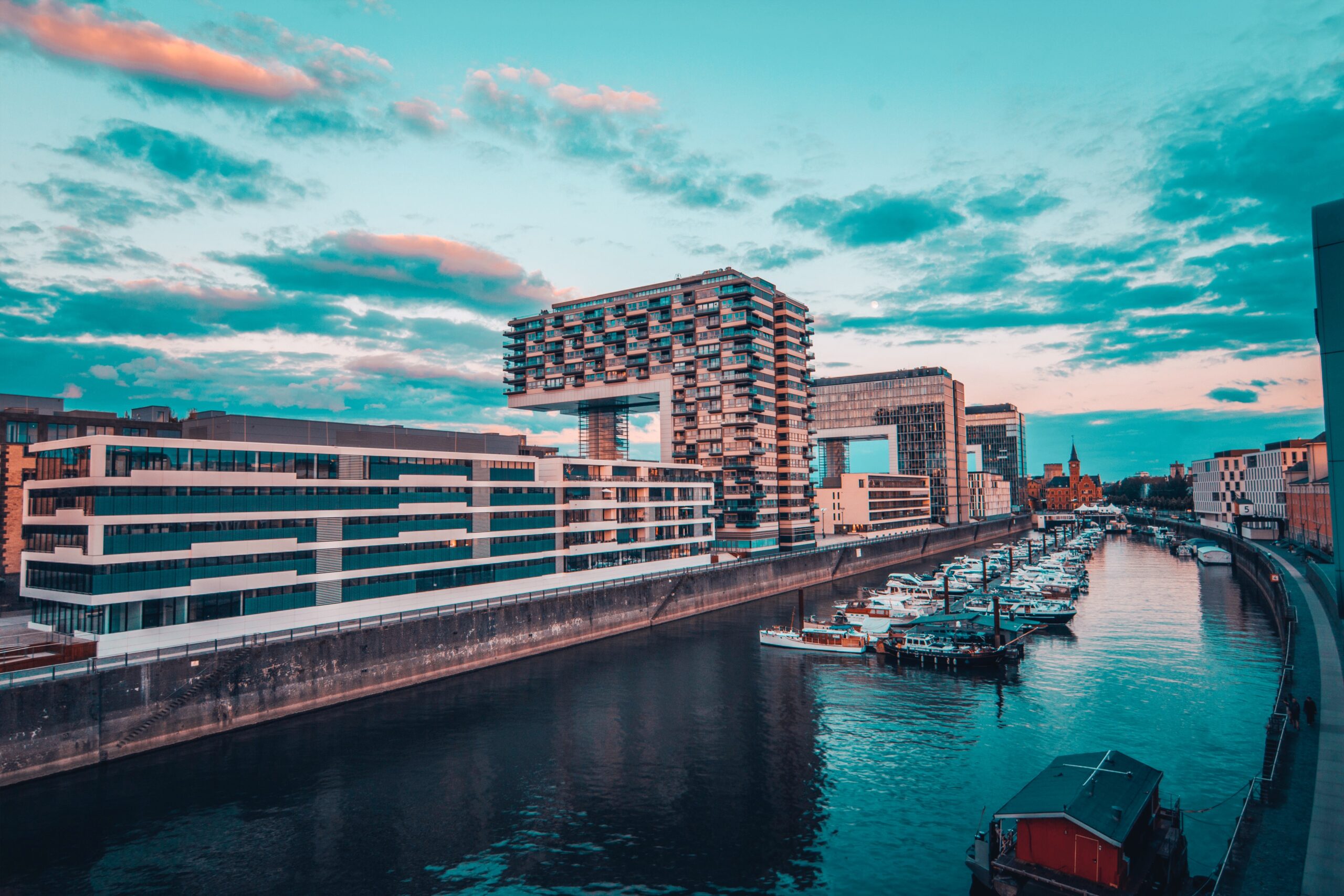
There are so many things to do in Cologne, it’s hard to find a place to start. A visit to Cologne wouldn’t be complete without a tour of its iconic cathedral. It took more than 500 years to complete the Gothic masterpiece, which, like Notre Dame de Paris, is the religious symbol of the city. Cologne Cathedral is just steps away from the train station so even if you’re only in Cologne for a few hours or half a day, it’s worthy of a detour so get out that smartphone and start taking some snaps.
Throughout the years of Cologne Cathedral’s construction, builders remained faithful to the original designs, adding transepts, pillars, spires and the like to cement its status as a UNESCO World Heritage Site. Cologne Cathedral is one of the most iconic buildings in Germany and definitely, one of the most visited cathedrals in all of Europe.
Situated just meters from the cathedral, Römerturm is a Roman watchtower set in Cologne’s old town. Built around 50 A.D., the limestone and sandstone structure was once one of many towers along a fortified wall protecting the city from attack. Since 1980, the protected watchtower is one of the most popular historic monuments in all of Cologne.
In addition to Roman sites, Cologne features medieval sites aplenty. While there is no castle in Cologne proper, the Eigelsteintorburg, the remains of a castle built in the 12th century, is one of the most Instagrammable sites in Cologne. Two turrets remain thanks to restoration efforts during Prussian rule. Today, the building houses the Open Jazz House School and hosts numerous private events.
You can’t take a tour of Cologne’s historical landmarks without a visit to the Overstolzenhaus on Rheingasse 8. The impressive Romanesque building lures visitors due to its perfectly preserved facade and stepped gables. Built by one of the ruling families of Cologne in the 13th century, it was destroyed during Allied bombardment in WWII but was rebuilt to its former grandeur in 1955. Today, the Cologne Academy of Media Arts bases operations inside the patrician building.
Without a doubt, the Hohenzollern Bridge is an achievement in civil engineering. Taking four years to construct, the Hohenzollern Bridge transports cargo and passengers across the Rhine River. The six-track railway bridge is three truss-arch bridges in one. Tram traffic and railway traffic take up the tracks but pedestrians can traverse the mighty Hohenzollern Bridge via cycling paths and walkways on each side. Grab a bike and ride across the bridge at sunset or connect your lock to the sides of the railings. Like other bridges in Europe, the Hohenzollern Bridge is popular with lovers of all ages.
Another architectural marvel in Cologne are the famous Crane Houses. The complex of three modern high-rise buildings on stilts (of a kind), are hard to miss if you’re admiring Cologne from the waterside. Set on Rheinauhafen harbor in the Altstadt-Süd district, the Kranhäuser boasts glass and steel and took two decades to complete (the initial drafts were created in 1991). The upside-down L shape harkens back to El Lissitzky’s “Cloud Iron” skyscraper sketches, which the Russian artist created in 1924.
Museum buffs will delight in the variety on offer in Cologne. Start your tour at the Museum Ludwig. Known for its modern art, the Ludwig is one of the premier European contemporary art museums. Love Pop Art? Head to the Ludwig for an intimate glimpse of Roy Lichtenstein’s M-Maybe (1965). Picasso more your groove? The Ludwig is home to Harlequin with Folded Hands (1923) and Woman with Artichoke (1941). From Modernism to Expression to nearly everything in between, the Ludwig boasts a permanent collection sure to dazzle even the most cynical art critic.
While Museum Ludwig definitely impresses, don’t skip the Wallraf-Richartz-Museum & Fondation Corboud. While not as vast as the Ludwig, the Wallraf-Richartz offers an impressive collection of medieval paintings from German artists as well as a number of Rembrandts and Rubens.
Art museums aren’t the only museums of note in the city. One of the biggest tourist attractions in Cologne is the Mustard Museum. Dating back more than 200 years, the Mustard Museum is the place to be if you’re curious about the origins of the condiment and Cologne’s hand in its creation. Docents educate guests in the particulars of garlic and Indian curry varieties and you can even try as many as you’d like.
Like other cities in Germany, Cologne affords an array of green spaces and public parks to soothe the soul. The Botanical Garden in the northern district of Riehl is one of the top sites in all of Cologne and its most splendid park. Encompassing more than 28 acres, the verdan Botanical Garden lures more than a million visitors every year and with good reason. Explore more than 10,000 species of flora, make a wish upon a fountain or tour the tropical greenhouses. Summer is the perfect time to visit as the Botanical Garden hosts special events for the public including concerts and light shows.
End your journey at the Chocolate Museum. Situated on the harbor, the museum takes guests on a tour of the origins of cocoa as well as the process involved in making everyone’s favorite treat. Explore the history of chocolate and end your visit with a decadent chili hot chocolate with a dash of rum at the Grand Cafe.
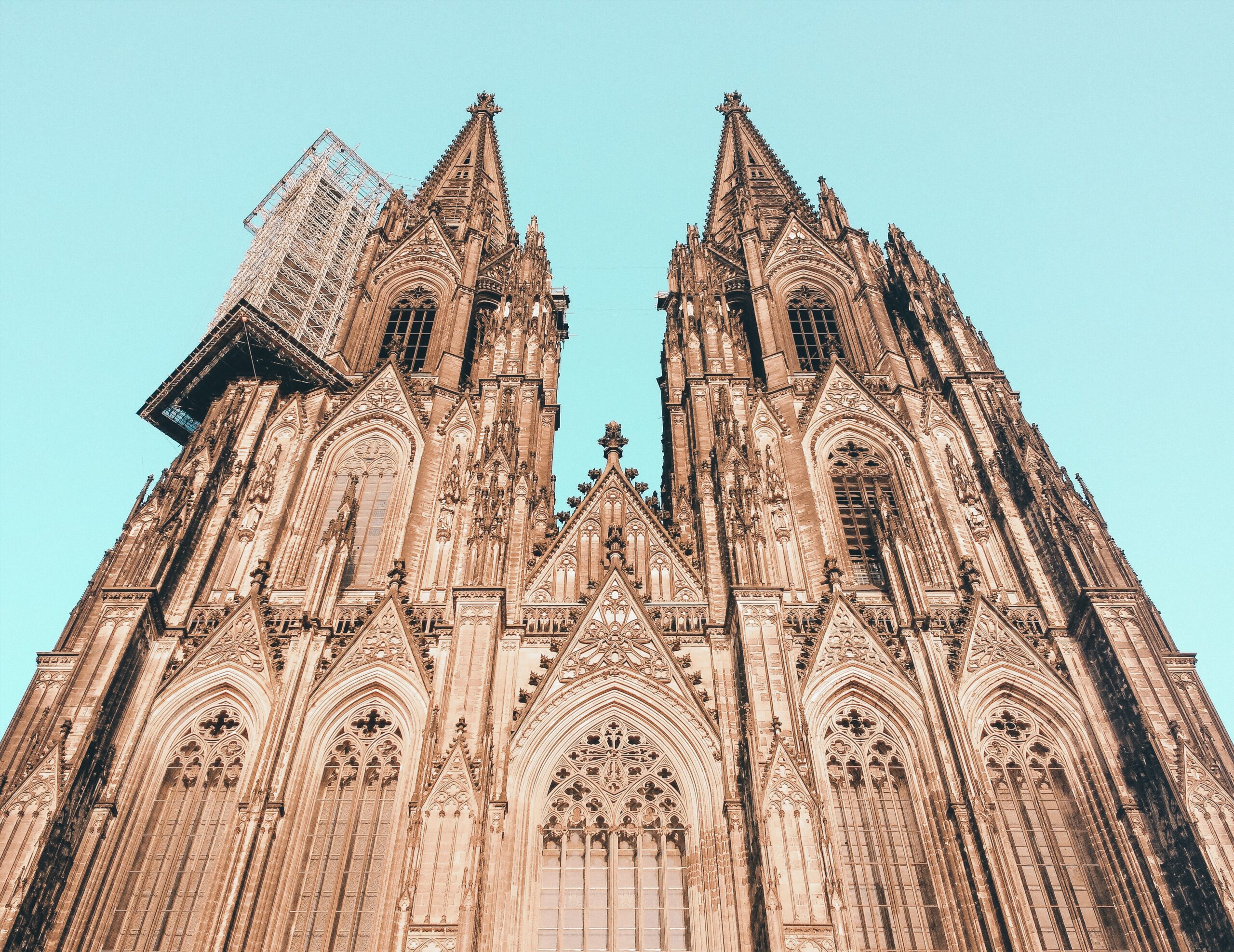
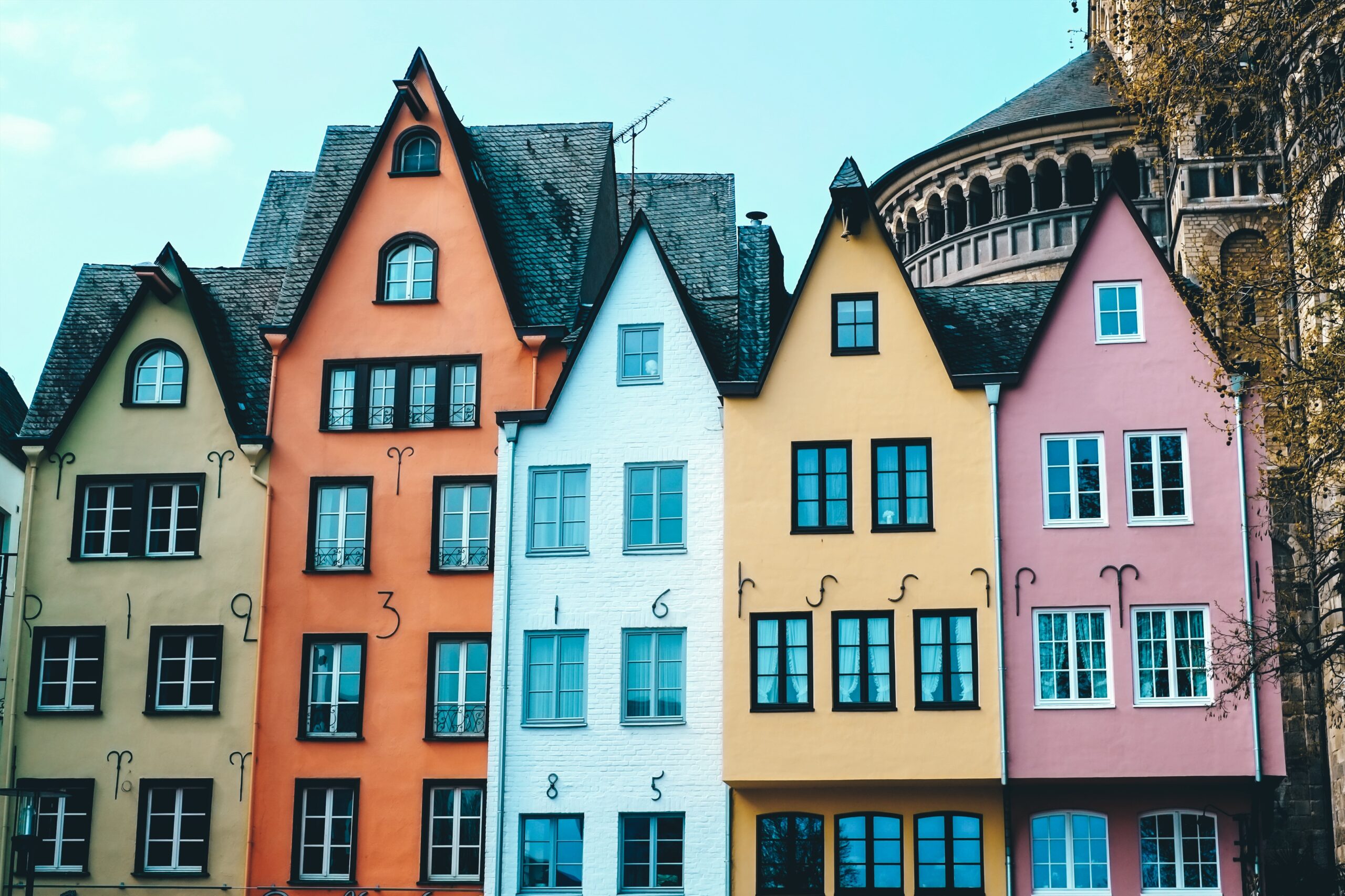
Stay
25Hours Hotels the Circle
Art and architecture collide at the 25Hours Hotel The Circle. Renowned Berlin interior designer Werner Aisslinger created a space that is both funky and functional. Retro-futurism is the concept here and you’ll find space-age touches throughout the 207-room hotel. Escape the everyday at Restaurant NENI and the Monkey Bar on the eighth floor, both of which have a breathtaking view of the cathedral.
Rooms are spacious and carefully appointed with concrete ceilings, oval mirrors and wall hangings, colorful throws, rainforest showers and free Freitag bags for use during your stay. The bigger the room, the more amenities as so-called “Gigantic” rooms afford guests Smart TVs, free-standing tubs, samova teamakers, and ball chairs that make one feel as if they are in a Star Trek simulation.
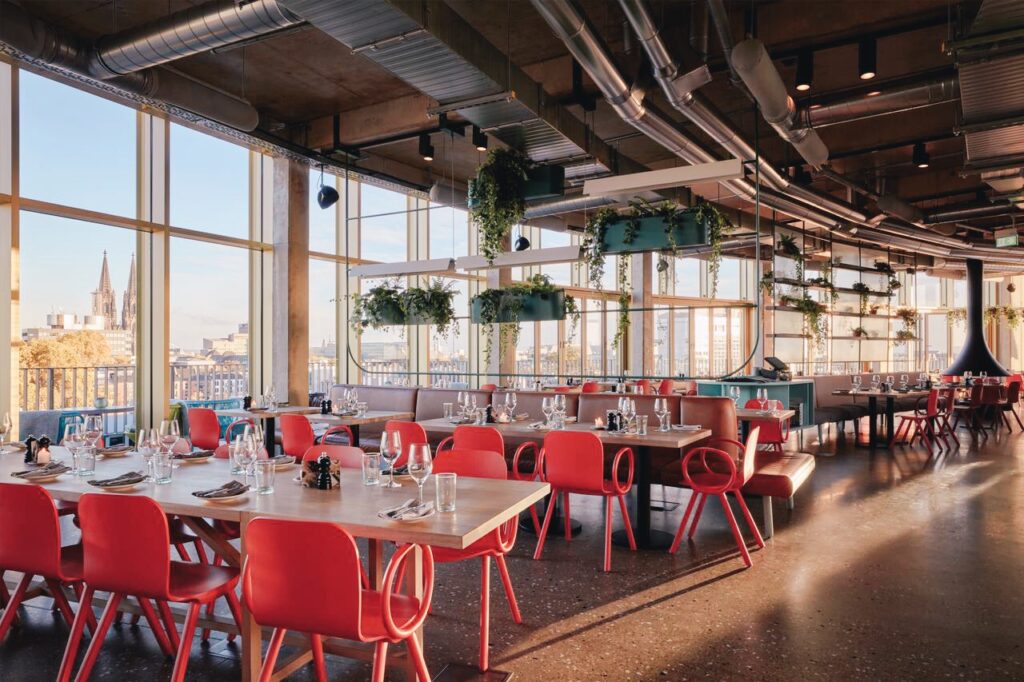
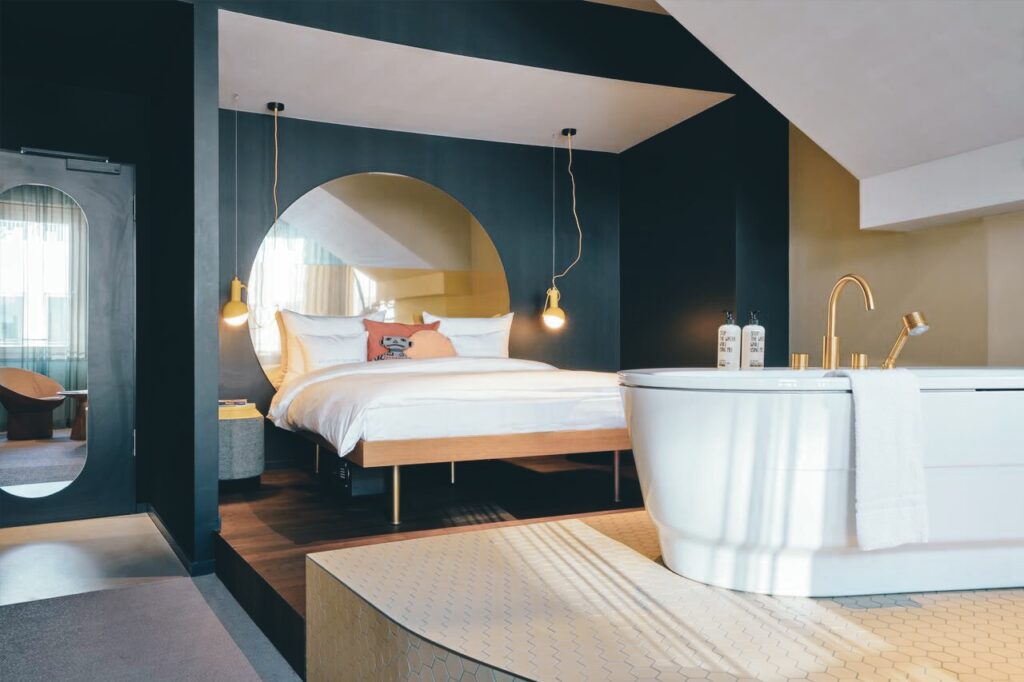
CityClass Hotel Residence am Dom
A well-known, moderately priced chain in Western Germany, the CityClass Hotel Residence am Dom is a popular retreat thanks to its modern aesthetic and proximity to the cathedral. The boutique hotel—only 63 rooms—boasts color and luxury at a fraction of the price of high-end options. Expect velvet sofas and a sleek but minimalist bar in the lobby (where you can enjoy cocktails on the terrace in the summer). The carpeted single and double rooms come equipped with Wi-Fi, flatscreen TVs, air conditioning and velvet accents.
